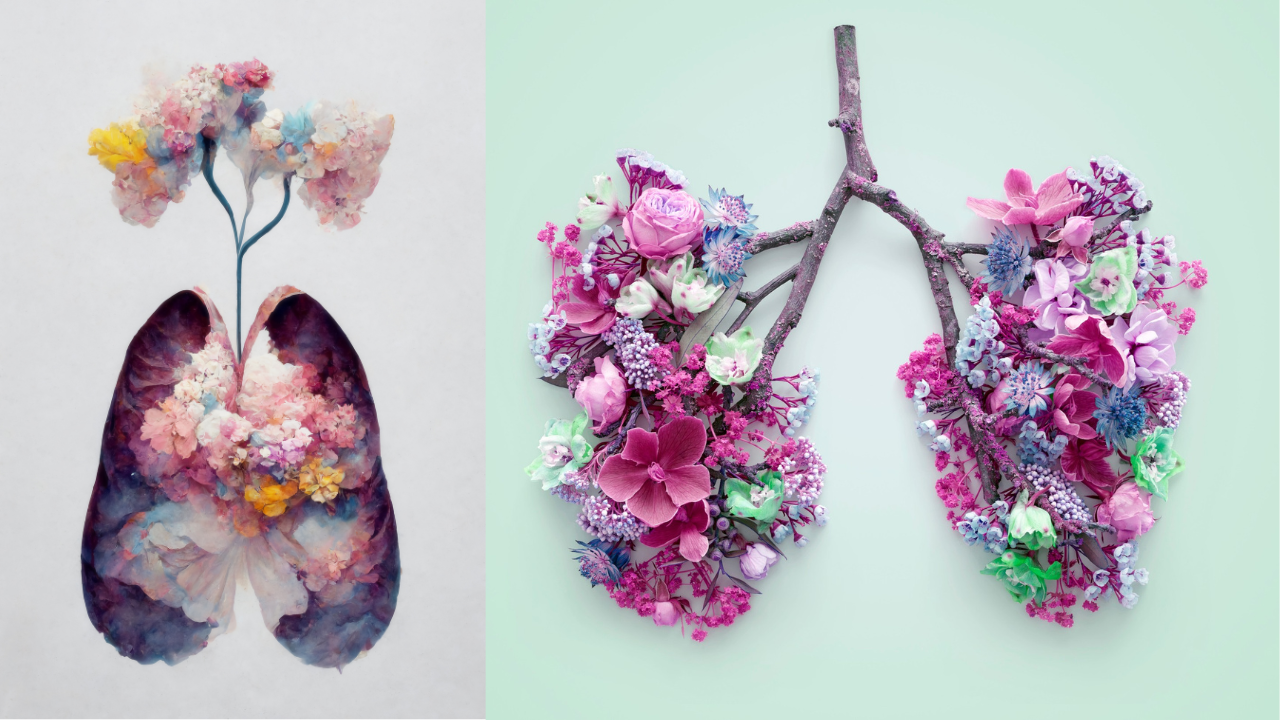The Power of Breath: How breathing techniques can alleviate anxiety
Breaking the Cycle: Proven Strategies for Managing Chronic Anxiety
Anxiety is a pervasive condition that affects millions of people worldwide. Its impact can be debilitating, affecting daily life, relationships, and overall well-being. Living with chronic anxiety often feels like being trapped in a never-ending cycle of worry and fear. However, there are proven strategies that can help manage and alleviate these symptoms, allowing individuals to break free from this cycle and live a more peaceful existence. In this blog post, we will explore some of these strategies, focusing on the 378 and 333 breathing exercises.
Understanding Chronic Anxiety
Before we dive into the strategies, it's important to have a basic understanding of chronic anxiety. Unlike typical, short-lived anxiety triggered by specific stressors, chronic anxiety persists over an extended period, often with no specific cause. It can manifest as a constant feeling of unease, restlessness, excessive worrying, and physical symptoms such as heart palpitations, muscle tension, and difficulty concentrating.
Living with chronic anxiety can feel overwhelming. It affects our mental, emotional, and physical well-being, making it crucial to find effective methods for managing and reducing symptoms.
Breaking the Cycle of Chronic Anxiety
Practice self-care: Taking care of yourself should be a top priority when dealing with chronic anxiety. Engage in activities that bring you joy, relaxation, and peace. This could include exercise, spending time in nature, practicing mindfulness, journaling, or engaging in creative outlets such as painting or playing an instrument.
Cognitive-behavioral therapy (CBT): CBT is a well-established therapeutic approach that identifies and challenges negative thought patterns and behaviours. Through CBT, individuals learn to reframe their thoughts, develop healthier coping mechanisms, and adopt more helpful behaviours in response to anxiety triggers. Seeking professional help from a therapist trained in CBT can greatly assist in breaking the cycle of chronic anxiety.
Breathing Exercises: Deep breathing exercises are a powerful tool for managing anxiety. They help activate the body's relaxation response, reducing the physiological symptoms associated with anxiety. Two effective techniques worth exploring are the 378 and 333 breathing exercises.
The 378 Breathing Exercise
Find a comfortable seated position or lie down.
Take a deep breath in through your nose to the count of 3, filling your abdomen with air.
Hold your breath for a count of 7.
Exhale slowly and completely through your mouth to the count of 8, allowing your body to release tension and stress.
Repeat this cycle for several minutes, focusing on the breath and the feeling of relaxation.
The 333 Breathing Exercise
Sit in a comfortable position, ensuring your body is relaxed.
Close your eyes and take a few deep breaths to centre yourself.
Inhale slowly through your nose to the count of 3, feeling the breath filling your lungs and expanding your abdomen.
Hold your breath for a count of 3, allowing yourself to feel calm and centred.
Exhale slowly through your mouth to the count of 3, releasing any tension or anxiety.
Repeat this cycle for several minutes, allowing your body and mind to relax.
Both the 378 and 333 breathing exercises can be practised anytime, anywhere, whenever you need to manage anxiety symptoms or find a moment of calm during stress.
Breaking the cycle of chronic anxiety may seem like an insurmountable task, but with the right strategies in place, it can become a reality. By prioritising self-care, seeking therapy, and incorporating breathing exercises such as the 378 and 333 techniques into your daily routine, you can regain control and manage your anxiety effectively. Remember, you are not alone in this journey, and with perseverance and practice, you can find peace and live a fulfilling life free from the grips of chronic anxiety.

